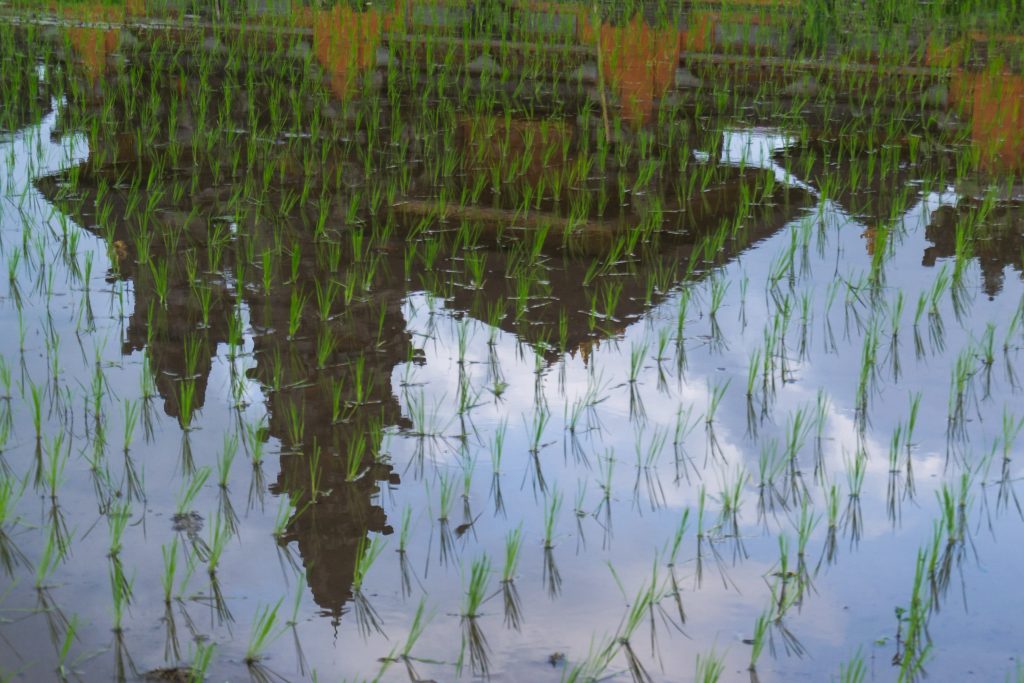PRESS RELEASE - 16 May 2023
IUNG uses SWAT model simulation in the Bystra river catchment
Climate change adaptation in agriculture is associated with a number of preventive measures (adapting crops to changing thermal and water conditions). These include changes in adaptation practices and the introduction of new varieties of crops. Protecting the soil and its water resources is also extremely important.
IUNG, The Institute of Soil Science and Plant Cultivation – State Research Institute, has published a scientific paper that describes a simulation of the soil water content in the Bystra river catchment area in Poland from 2041-2050 under various climate change scenarios and adaptation practices.
This study differs from the other ones in that, for small catchments, there are only a few studies that have explored similar parameters, such as soil water content and actual evapotranspiration, with one example being a publication about the Barycz and Upper Narwia catchments in Poland.
The paper analyses five adaptation scenarios involving changes in land use and protective measures compared to a zero scenario. The results show that four of the adaptation scenarios do not increase soil water content but can reduce sediment yield, total runoff, and change actual evapotranspiration. One adaptation scenario, which assumes a reduction in ploughling on arable land, shows a slight increase in soil water content and total runoff but a decrease in sediment yield.
The no-till adaptation practice has the most positive effect on the water balance at the catchment scale.
Read the whole paper at this link.
Photo on Unsplash by Sergio Camalich



